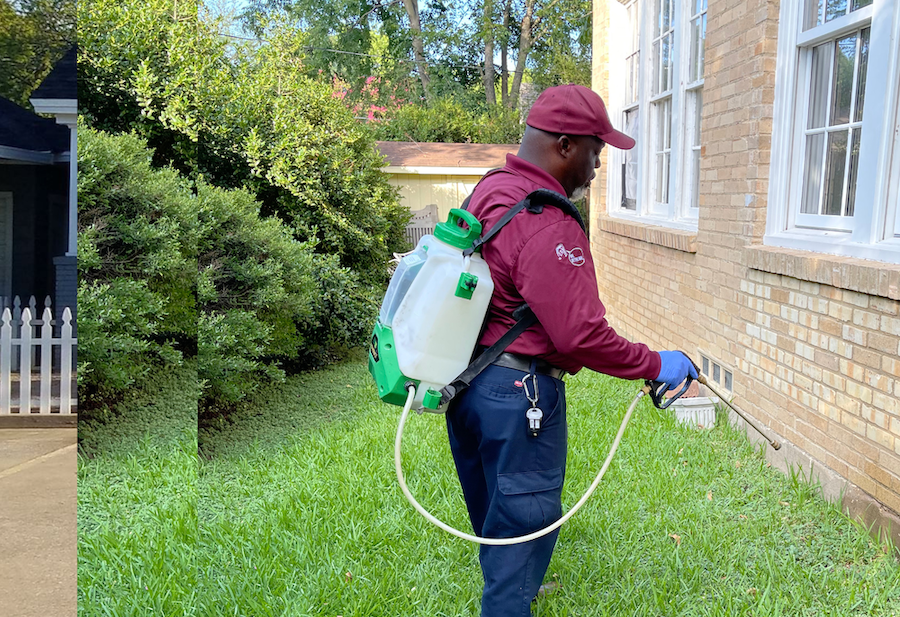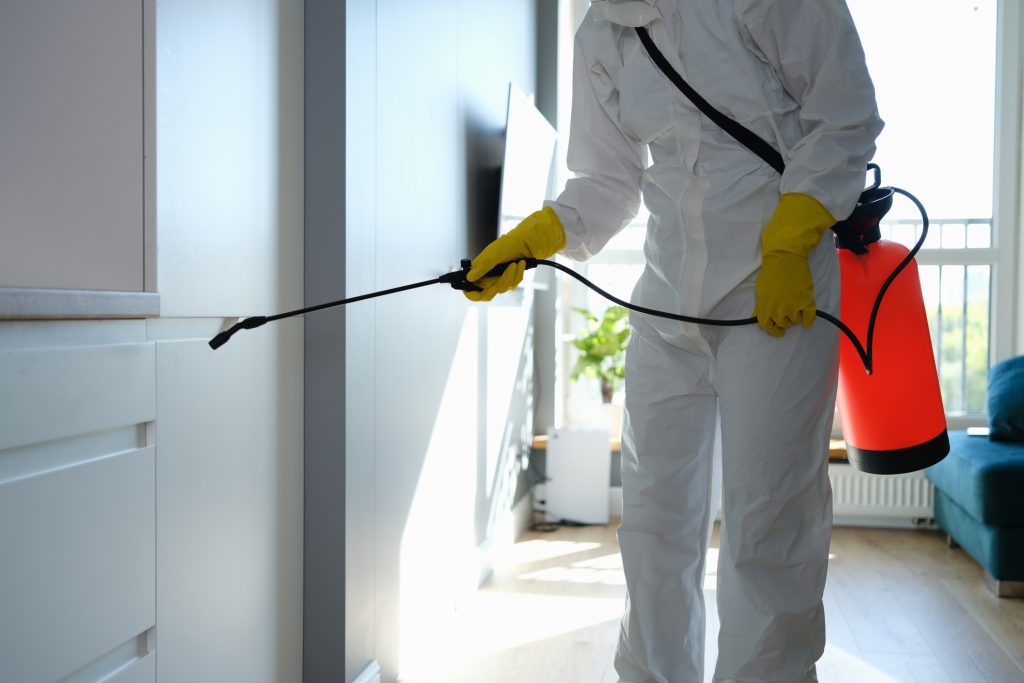Choose professional Pest Control for your property and keep pests away.
Eco-Friendly Pest Control Approaches for Managing Wildlife in Urban Locations
Urban locations usually discover themselves at the junction of human activity and wild animals, leading to special challenges in insect administration. These strategies not just protect the setting yet likewise boost community engagement in wild animals administration. As metropolitan populations continue to grow, understanding the characteristics of wildlife interactions comes to be progressively critical.
Comprehending Urban Wild Animals Dynamics
Recognizing Urban Wild animals Characteristics is vital for developing effective and environmentally friendly bug control approaches. Urban locations are progressively ending up being environments for different wild animals types, driven by elements such as environment fragmentation, food schedule, and human infringement. Identifying these characteristics permits a nuanced strategy to pest management that straightens with eco-friendly concepts.
Urban wild animals commonly includes varieties such as raccoons, squirrels, and birds, which adjust to city atmospheres, discovering particular niches in environment-friendly rooms, parks, and even household locations. Their presence can result in disputes with human beings, particularly when they make use of human sources for food and shelter. Recognizing the habits and eco-friendly functions of these types informs approaches that reduce adverse communications while promoting biodiversity.
Additionally, recognizing the interdependencies within city ecosystems assists in recognizing essential locations for environment preservation and restoration. This knowledge adds to the development of incorporated parasite administration (IPM) methods that think about the ecological equilibrium, consequently decreasing dependence on harmful chemicals. By cultivating coexistence between humans and city wild animals, cities can create healthier environments that benefit both locals and local environments, leading the way for sustainable metropolitan living.
All-natural Repellents and Deterrents
All-natural repellents and deterrents offer a lasting choice to standard parasite control techniques by using the power of nature to keep unwanted species at bay. These eco-friendly solutions generally use plant-based components, essential oils, and other naturally happening materials that deter parasites without hurting the atmosphere.
One effective all-natural repellent is peppermint oil, which is recognized to repel rodents and bugs. Its solid fragrance is undesirable to lots of insects, making it a prominent selection for metropolitan setups. Vinegar and citrus peels can serve as deterrents, as their strong smells are normally unattractive to numerous wildlife.
Additionally, diatomaceous planet is an all-natural powder that can be spread in areas susceptible to parasite task, effectively dehydrating and preventing bugs without positioning dangers to non-target species. Moreover, garlic sprays and neem oil are identified for their ability to repel a variety of parasites, consisting of both bugs and larger wild animals.
Applying these all-natural repellents not only lowers reliance on chemical pesticides however also advertises a much healthier city ecosystem, cultivating a much more balanced conjunction in between people and wildlife. By utilizing these techniques, urban locations can successfully manage insect populations while minimizing environmental impact.
Environment Modification Methods
Effective habitat adjustment strategies play an essential role in lasting bug management by changing the environment to make it much less helpful to pest infestations. By understanding here the environmental characteristics of city areas, homeowner can execute critical alterations that discourage parasites while advertising biodiversity.
(Exclusion Pest Control)One key technique entails keeping appropriate sanitation. This includes normal waste elimination, securing garbage can, and eliminating standing water to lower reproducing sites for pests and rodents. Additionally, landscaping methods such as picking native plants can enhance ecological equilibrium, giving habitats for advantageous microorganisms while reducing sources for bugs.
Another essential strategy is to secure access points in buildings. Examining and fixing fractures in structures, walls, and home windows can substantially decrease parasite accessibility. In addition, producing physical barriers, such as fences or plant buffers, can hinder wild animals activity right into human-inhabited locations.
Integrated Bug Monitoring Practices
Building upon habitat modification methods, integrated pest management (IPM) practices use an alternative method to managing insect populations while minimizing ecological influence. IPM combines numerous strategies, consisting of organic, social, mechanical, and chemical controls, to attain effective parasite monitoring.
Organic control includes the introduction of natural predators or parasites to lower insect populaces. Social practices, such as plant turning and cleanliness, disrupt pest life cycles and reduce their environments - Pest control service. Mechanical controls, like traps and obstacles, give immediate alleviation from bug stress without chemical intervention
Chemical controls are used as a last resort, concentrating on targeted applications that limit injury to non-target varieties and the atmosphere. The choice of ecologically friendly pesticides, when needed, is important to the IPM framework. Additionally, keeping track of pest populaces and analyzing potential damage helps inform decision-making, ensuring that treatments are timely and reliable.
Community Participation and Education And Learning

(Pest Control in Port Charlotte)Workshops and educational sessions can outfit citizens with understanding about indigenous varieties, environment conservation, and effective non-toxic bug monitoring methods. Partnership with schools, regional companies, and government companies better improves educational outreach, making certain that important info gets to varied target markets.
Furthermore, community-led campaigns, such as area clean-up days and habitat remediation jobs, not only advertise biodiversity yet additionally strengthen neighborhood connections. Pest control service. By urging residents to share their experiences and observations, communities can develop targeted strategies that resolve certain neighborhood pest concerns
Including comments from residents into bug administration plans allows a much more responsive and flexible strategy to wildlife difficulties. Inevitably, notified and involved areas are key to achieving lasting success in environmentally friendly bug control, bring about healthier metropolitan atmospheres that appreciate both human and ecological needs.

Verdict
In conclusion, eco-friendly pest control comes close to deal sustainable solutions for handling metropolitan wild animals. By focusing on habitat modification, making use of all-natural repellents, and executing incorporated pest monitoring practices, neighborhoods can cultivate a harmonious conjunction with regional fauna.